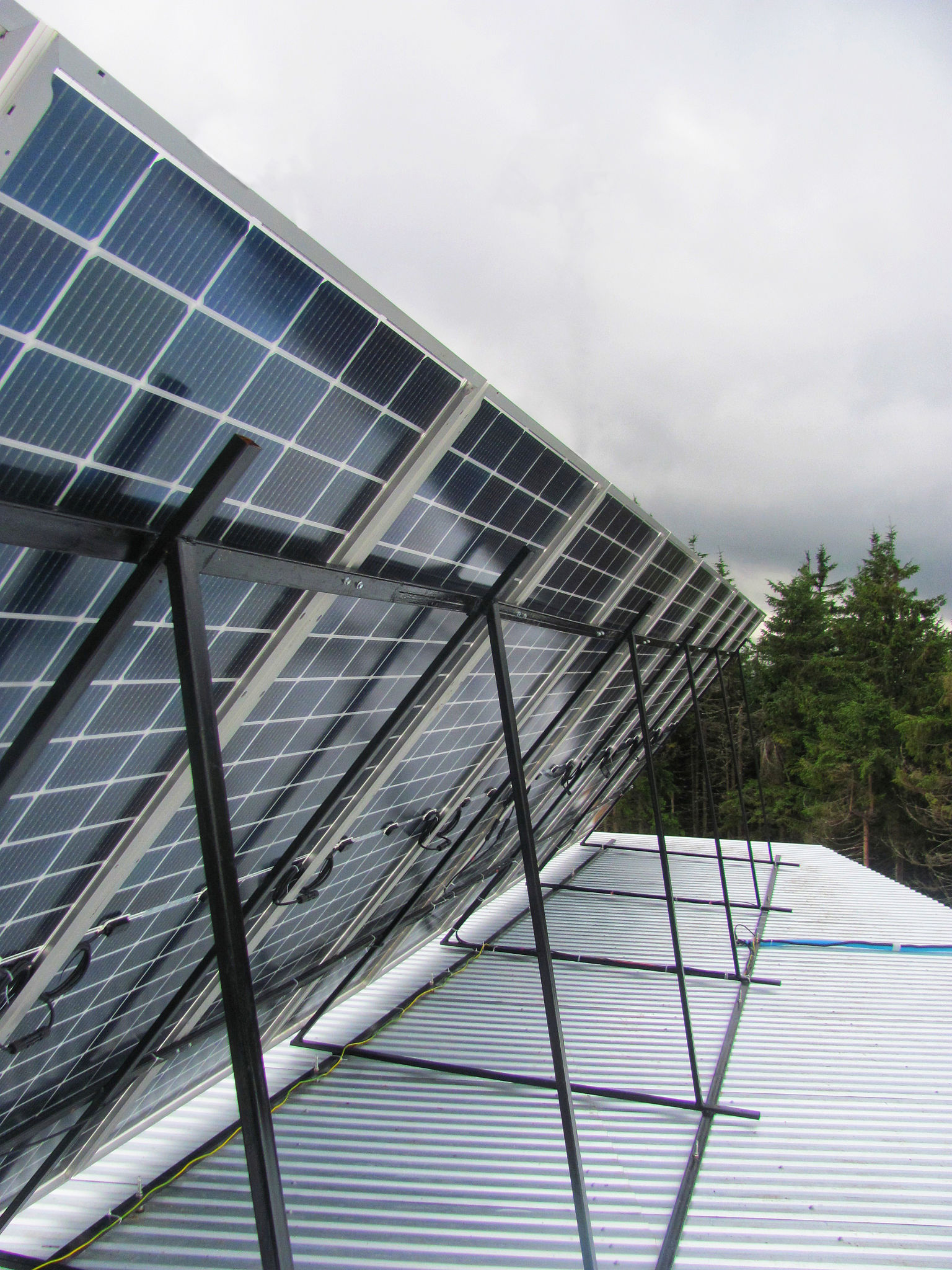The Future of Solar Technology: Trends to Watch
Introduction to Solar Technology Trends
The solar industry has witnessed tremendous advancements over the past few years, evolving at an unprecedented pace. As we look towards the future, several key trends are set to redefine how we harness the sun's energy. From innovative materials to smarter integration systems, the future of solar technology promises to be brighter and more efficient than ever before.

Emergence of Perovskite Solar Cells
One of the most exciting developments in solar technology is the rise of perovskite solar cells. These cells offer a promising alternative to traditional silicon-based panels, primarily due to their high efficiency and lower production costs. Researchers are continuously working to enhance their stability and longevity, making them a viable commercial option in the coming years. The potential for perovskite cells to be used in tandem with silicon cells could significantly boost overall power output.
Integration of Artificial Intelligence
Artificial Intelligence (AI) is set to revolutionize how solar power systems operate. By analyzing data from weather patterns, energy consumption, and system performance, AI can optimize energy output and storage. This integration allows for real-time adjustments, ensuring maximum efficiency and reducing waste. Additionally, AI can assist in predictive maintenance, identifying potential issues before they become costly problems.

Advancements in Solar Storage Solutions
As solar technology evolves, so too does the need for effective energy storage solutions. The development of more efficient batteries is crucial for maximizing solar power's potential. Lithium-ion batteries have dominated the market, but alternatives like solid-state and flow batteries are gaining traction. These innovations promise higher energy density, longer life cycles, and improved safety features, making them ideal for both residential and commercial applications.
Bifacial Solar Panels
Bifacial solar panels are gaining popularity due to their ability to capture sunlight from both sides of the panel. This design increases energy production by up to 20%, depending on environmental conditions. By utilizing reflected light from the ground or surrounding surfaces, bifacial panels offer a more versatile approach to solar energy generation. As manufacturing costs decrease, these panels are expected to become more mainstream.

Internet of Things (IoT) in Solar Technology
The integration of IoT with solar systems enables smarter energy management and monitoring. IoT devices can gather data on energy consumption and performance, providing users with insights into their system's efficiency. This connectivity facilitates remote monitoring and control, allowing for adjustments that can enhance energy savings and reduce operational costs.
Floating Solar Farms
Floating solar farms represent an innovative approach to maximizing the use of available space while reducing land-use conflicts. These installations are built on bodies of water, such as reservoirs and lakes, where they benefit from cooler temperatures that can boost efficiency. As the technology matures, floating solar farms are expected to play a significant role in expanding global solar capacity.

Conclusion
The future of solar technology is filled with exciting possibilities that promise to transform the energy landscape. With advancements in materials, storage solutions, and integration with emerging technologies like AI and IoT, solar power is poised to become more efficient and accessible than ever. As these trends continue to develop, they will undoubtedly lead to a more sustainable energy future, enabling us to harness the power of the sun in innovative ways.
